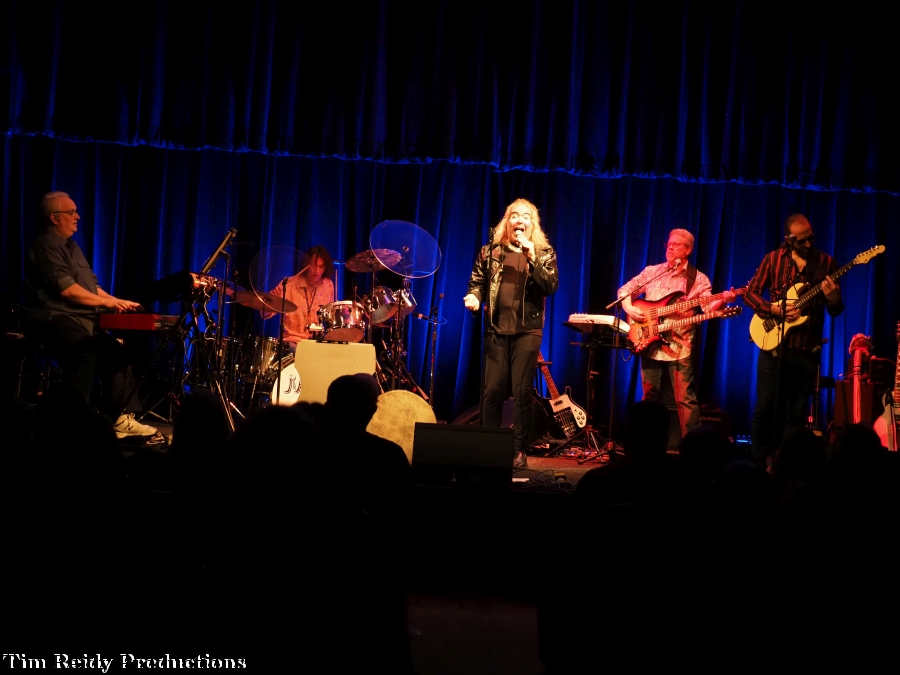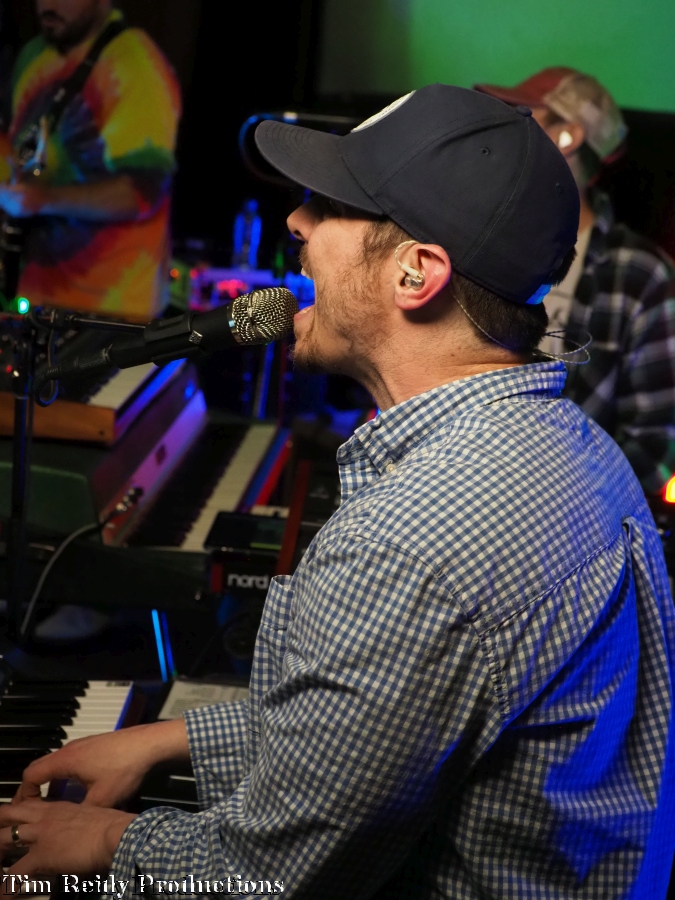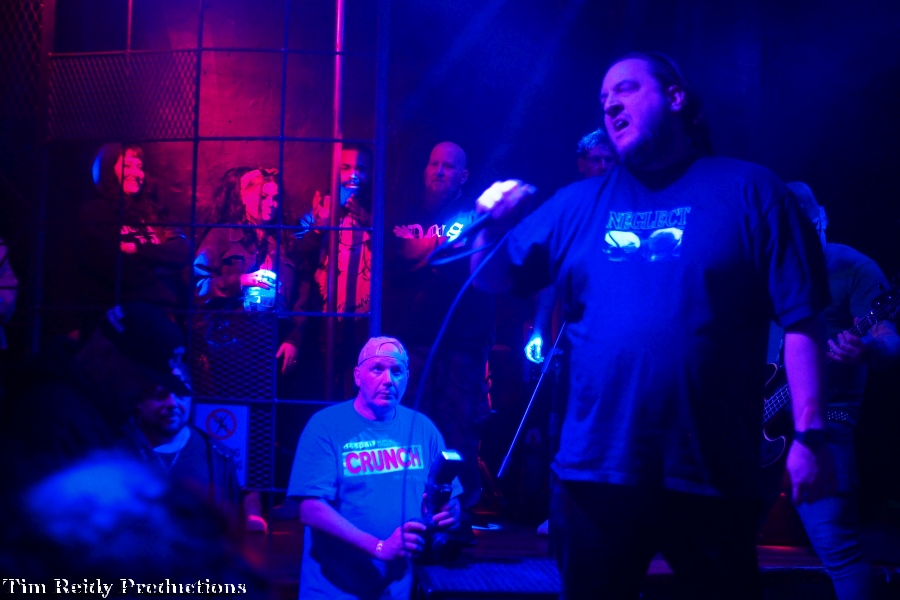The Beat Generation – Riders of the Post-War America – an Article by Liam Sweeny
Written by Staff on May 27, 2023
The Beat Generation.
In the case prior to the one before him, Judge Clayton Horn had sentenced two young girls, guilty of shoplifting, to read passages from the Bible and to see Cecil B. DeMille’s The Ten Commandments. It was 1957, and before him stood Beat poet Allen Ginsberg, with his poem “Howl,” a poem filled with superlative carnal endeavor, which had brought it to the judge’s bench. Ginsberg was on trial for obscenity. And in a twist no one saw coming, after an exhaustive amount of research on the judge’s part in order to be prepared to rule objectively, Ginsberg was ruled not guilty. “Howl” was considered to have “redeeming social value.”
We have many ideas of who the “Beats” are, from icons deserving admiration to pretentious deviants. But in reality, the beats were as much a reflection of their times as they were a shaper of them. But one thing they were was a group of emerging writers that stopped at nothing to get themselves out in the world, even if it meant bringing their own press.
You can’t separate the actor from their stage, and this is true of the Beat writers of 1950s America. The 50s were a time idealized by many, where we see that America was the great light of the world, Americans were innocent, and good moral values dominated. We had an industrial and economic boom that we hadn’t seen before, with new commercial technology being produced and released daily. But there was something about America that went beyond drive-in restaurants and big chrome and black-and-white checkerboard floors.
We had fought fascism overseas and incorporated its more practical aspects. Corporations and government became kissing cousins, we recruited Nazi scientists like it was the NFL draft, and we had a new, inexhaustible enemy, communism, to fight. But these were just the top-level things. 50s American culture was great if one were willing to toe the line and not think too much about it. Not question what happened to the pregnant daughter or keep figuring that colored fountains somehow served different purposes than white ones and it just had to be that way. But if you questioned, or had a discordant stream of thought, you might find yourself out of the narrative.
So who had the discordant thoughts? For one, there was poet Allen Ginsberg, and we mentioned him. But we should also mention that he was the cornerstone, and a vocal champion of a group of writers that would acquire the moniker ‘Beat,’ which comes not from the beat that comes from a drum, but one that comes from a never-ending war. They were beat. They were writers like Jack Kerouac, William S. Burroughs, Neal Cassady, Ken Kesey and Amiri Baraka, to name a very few. Probably the ones you’ve heard of.
The Beat challenged the orthodoxy of the time, especially when it came to poetry. Lawrence Ferlinghetti, Beat writer and owner of San Francisco’s foundational City Lights Books, remarked on what change had occurred. “Before Allen Ginsberg’s Howl, the state of poetry in America is a little bit like the way it is today: poetry about poetry,” Ferlinghetti said in 1994. “Howl knocked the sides out of things, just the way rock music in the ’60s knocked the sides out of the old music world.”
Beat writing, the movement as explored by Jack Kerouac and Allen Ginsberg in Columbia University in New York in the 1940s, was about radical self-expression, brought about through trance, and often, drugs. It was purposed that World War Two and postwar America had burdened the soul beyond the point in which a person could recognize themselves, and only through such an intensive self-exploration could one reconcile themselves and find spiritual freedom and wholeness.
The writing by these visionaries were, surprise, surprise… not recognized by the mainstream. Ferlinghetti, though every bit the Beat writer, was perhaps more recognized for founding City Lights Books, and soon after, City Lights Press, which did only paperbacks, because it gave them the ability to publish who they wanted to and get them out there. “Up until that point, getting published was a difficult thing,” [literary critic Gerald] Nicosia says. “If you were a radical, an innovative writer, you would be rebuffed by New York, by mainstream publishers. By creating this press out of nothing — City Lights Press — [Ferlinghetti] said: Look, you don’t need these big publishers in New York. You can do it, and you can get the books out, and not only that, you can make waves.”
Magazines and small press publishers served as a healthy ecosystem for Beat writers, and while some of them had achieved mainstream success (like Kerouac’s Town and City,) many wound up being discovered through the indie presses and picked up later by mainstream publishing (or languishing in publishing purgatory, like Kerouac’s most famous book On the Road, which, for five years, was deemed unmarketable.)
These networks of magazines and free presses were tight. They called out to each other, advertised each other. And this wasn’t revolutionary. In the past, some near, some far, you find figures like Ezra Pound, Walt Whitman, and Ralph Waldo Emerson being champions for the writers of their time and of their movements. Ezra Pound was incredibly influential in establishing guidelines for literary reviews that exist to this day. Pound is an example of someone who was good in one respect, but terrible in life (he was a rabid antisemite and would end up charged in the Nuremburg trials for treason.)
The Beat movement, such as it were, was centered around San Francisco and Greenwich Village in New York. Both places were bohemian places where art not only flourished, but the freedom of art was expressed without the production values that come with some need of permission. They wrote as they sat in coffee shops in both cities. They took up culture, often street culture, in New York and listened to Jazz in the city of the Golden Gate. And they wrote of their journeys to and fro.
And perhaps to finish off; America slowly warmed up to the Beats. First came the caricature of the “beatnik,” a play on ‘beat’ and ‘sputnik,’ the Russian satellite. This caricature wore a beret and a black turtleneck with a pencil mustache and a pair of bongos, an was associated with being a commie. As it was meant to be an insult, it eventually melted into the pot, and soon people were going to San Francisco to look for beatniks, like the sixties generation would do with hippies. And the popular sitcom The Lives and Loves of Dobie Gillis introduced the unthreatening beatnik for family consumption in the goateed Maynard G. Krebs, a figure reprised in the 1980s in Happy Days as “the Fonz.”





 RadioRadioX
RadioRadioX